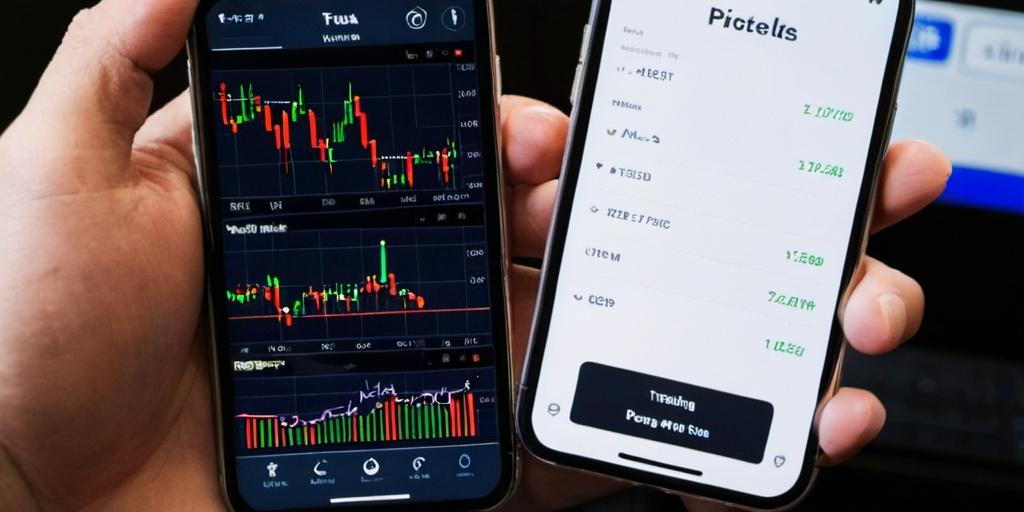
News Trading: The Art of Riding the Stock Waves
News trading is like surfing, but instead of waves, you’re riding the unpredictable markets that are heavily influenced by news events. In the stock game, news trading is a strategy where traders buy or sell depending on news announcements. It’s not just about keeping your ears to the ground but also having quick reflexes like a cat on a hot tin roof.
The Street Talks: How News Moves Markets
Let’s be real—stocks don’t move in a vacuum. They react to announcements from companies, government policy changes, economic data, and even tweets. Yes, tweets. A single tweet from the right person can send stocks soaring or plummeting. The magic lies in interpreting these signals faster than everyone else. If your neighbor is still reading the morning paper news, you’ve already bought the dip.
Interpreting Economic News
Economic indicators like GDP growth, unemployment rates, and inflation figures are the bread and butter of news trading. These announcements can set the tone for market sentiment and trading strategies. For example, an unexpected drop in unemployment rates usually sends stocks higher as it indicates a robust economy. Conversely, if inflation rises more than expected, it might lead traders to predict interest rate hikes, which can be a bummer for stock prices.
The Role of Corporate Earnings
Ah, earnings season—the time when companies open their books. These quarterly revelations are essential for traders. Better-than-expected earnings can boost a stock quicker than a coffee shot on a Monday morning. But if the earnings are a disappointment, brace yourself for a potential drop. Companies also provide forward guidance, which, if optimistic, could make traders bullish, or bearish if otherwise.
Strategies to Consider
News trading isn’t just about reacting; it’s about being smart with your moves. Let’s break down some common strategies.
- Pre-News Positioning: Some traders take positions before a news event, betting on an outcome. This can be risky; if your bet’s wrong, you could be in for a loss.
- Straddling News: This involves taking both long and short positions for an asset ahead of news. The idea is that, no matter the direction, you’ll catch a wave big enough to cover the loss on the opposite position.
- Post-News Reaction: Wait for the news to hit, then act. This means trying to catch the reaction as it happens, similar to a bargain hunter at a sale.
Tools of the Trade
You might ask, “What do I need in my toolkit?” Well, real-time news feeds and economic calendars are essential. These tools ensure you’re not left in the dust by other traders. News trading platforms often include customizable alerts to notify you when a news event related to a particular stock is released.
Risks and Pitfalls
While riding the news wave can be rewarding, it can wipe you out as fast as it takes to blink. Markets move faster than gossip in a small town, and if you’re not quick on your feet, you might find yourself holding onto a sinking stock. The unpredictability of market reactions can burn even the most experienced traders. It’s a good practice to set stop-loss orders to protect your capital from vicious downturns.
The Human Element
Market reactions aren’t just about numbers—they’re about people. Investor sentiment plays a huge role, and emotions can drive market overreactions. Sometimes, the anticipation of news can be more volatile than the news itself. It’s all about psychology, and understanding that is half the battle.
Conclusion
News trading is an art that combines financial acumen with lightning-fast reflexes. It demands attentiveness to both the macroeconomic environment and individual company announcements. While risky, those who master it can capitalize on the market’s rapid movements. So, whether you’re a veteran trader or someone dipping their toes for the first time, remember that in the stock market, news is king.